Circuit Board Standoffs
If you are unable to find a circuit board mount in the size you need, there is an alternative. You could make them from tubing, like steel brake line, with a bolt in the middle. You could use plastic tubing with a bolt.Using a solid rod is also an option.
If you opt to use some type of rod, there are some things to keep in mind. Drill rod is very tough, but could be hard to thread smaller bolts. Mild steel rod isn’t quite as tough, but it easier to thread. Brass isn’t as tough either, but is easier to machine and thread. Solid nylon or plastic would be even better. Not having nylon, I used brass.
First, you need to measure how tall the stand-off needs to be. This can be done with a ruler, a depth micrometer for really precise measurements, or calipers. For this project, the measurement was 23/32".
Make sure the diameter of the material you choose doesn’t contact any part of the circuit or components. Metal contacting circuits can cause a short. Large diameter material may have to be turned down for component clearance.
Then, you need to cut the material to length. You can use power tools, like a parting tool in a lathe, or you can use a hacksaw. With small materials I use a fine-toothed blade in the hacksaw.
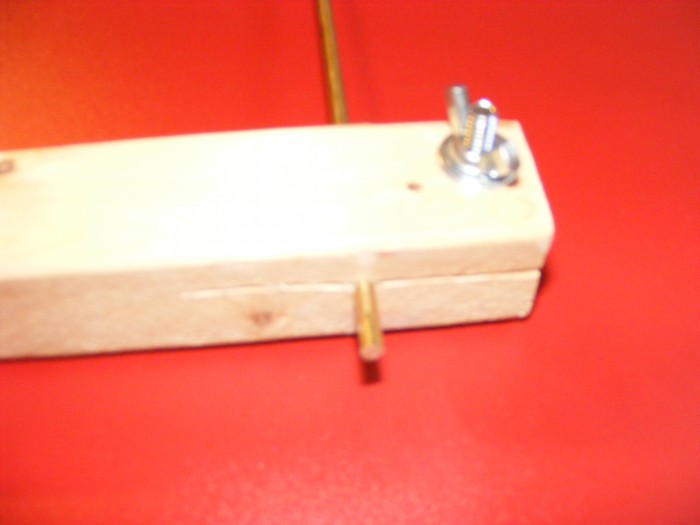
Don’t forget to add the thickness of the hacksaw blade, and enough so you can face off the ends without making it too short.
A lathe is needed for the next steps.
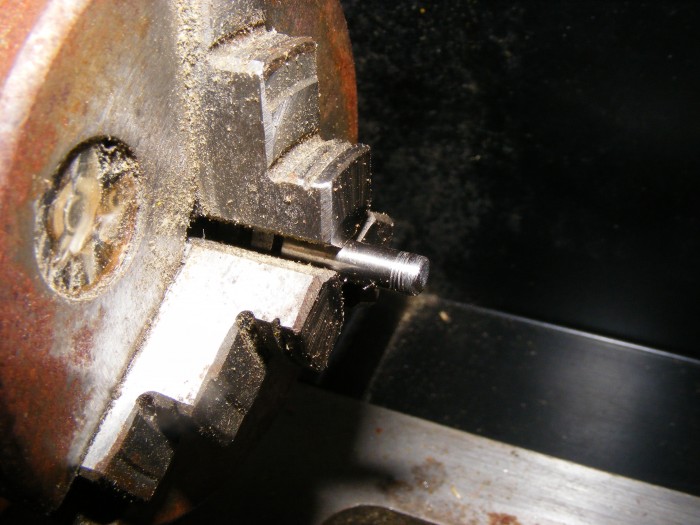

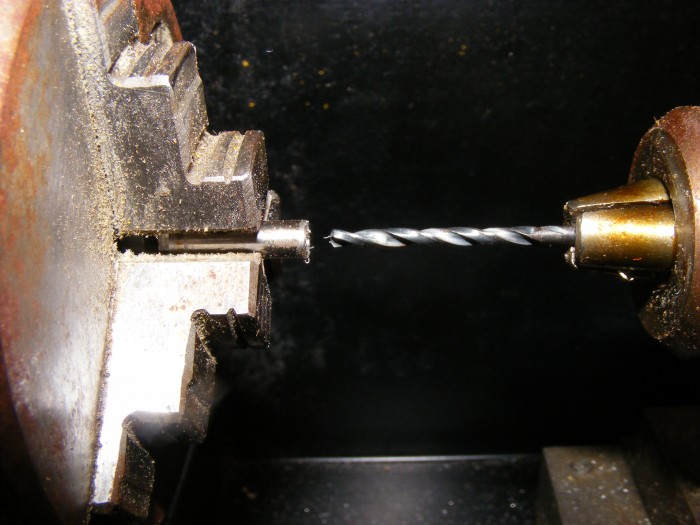
Lincoln Machine Tap and Drill Chart
Starrett Decimal Equivalent Chart
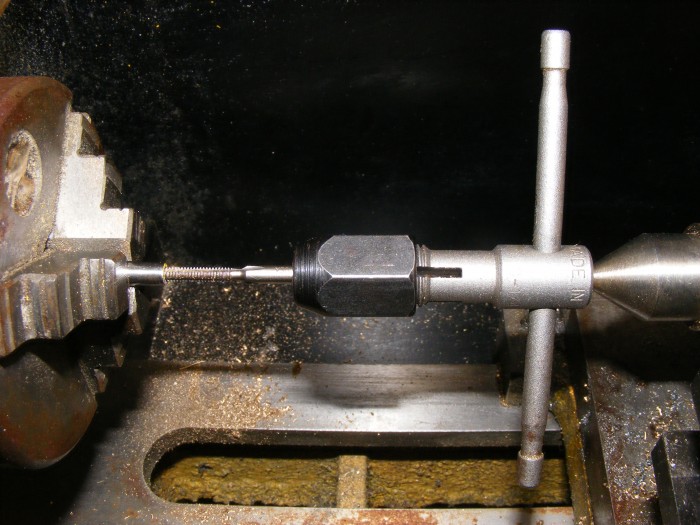
Put the tap in a tap handle, with the centering tool, and use it to form the threads.
Drill HQ - How to drill and tap metal
Cut the threads, clean the oil off, remove any loose shavings from cutting the thread, and you have the standoff.
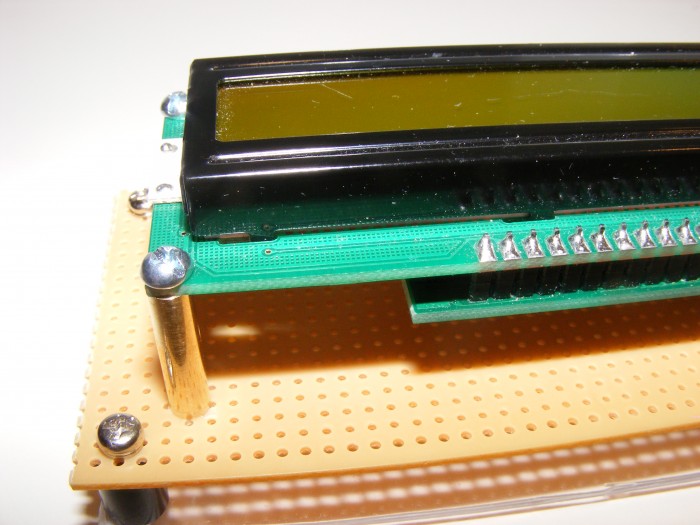
If you want to screw the standoff into the chassis, you would need to turn one end down to the proper diameter, and use a die to thread it and a tap to thread the chassis.
- Comments
- Write a Comment Select to add a comment
This seems to be quite intricate and requires some specialised equipment. It all depends on the standoff distance that you need- McMaster-Carr carry standoffs in mm lengths. 23/32" is 18.26mm. Could you have worked with 18mm? perhaps add a washer?

A washer would have been needed to raise the standoff, because of the way the display is set up.
It does require specialized equipment. Companies that produce standoffs would have a much faster production method. The lathe and tooling would be the most expensive part. I make other things, so I keep taps, dies, and handles on hand. The hardest part is keeping the tap from breaking in harder metal.
Another thing to consider is SAE vs metric. I choose 4-40 hardware because it and the taps are easier to find locally.
Can you wait for the hardware to arrive? A regular production company may not have to worry, they probably have inventory or the ability to have next day shipping. If you're making a prototype, you should take into account the availability of the hardware you need to complete the project. Do you have time to wait for it to arrive? Can you buy it off the shelf? Can you make it or pay someone to make it?

No lathe? Try a drill press.
To post reply to a comment, click on the 'reply' button attached to each comment. To post a new comment (not a reply to a comment) check out the 'Write a Comment' tab at the top of the comments.
Please login (on the right) if you already have an account on this platform.
Otherwise, please use this form to register (free) an join one of the largest online community for Electrical/Embedded/DSP/FPGA/ML engineers:

















